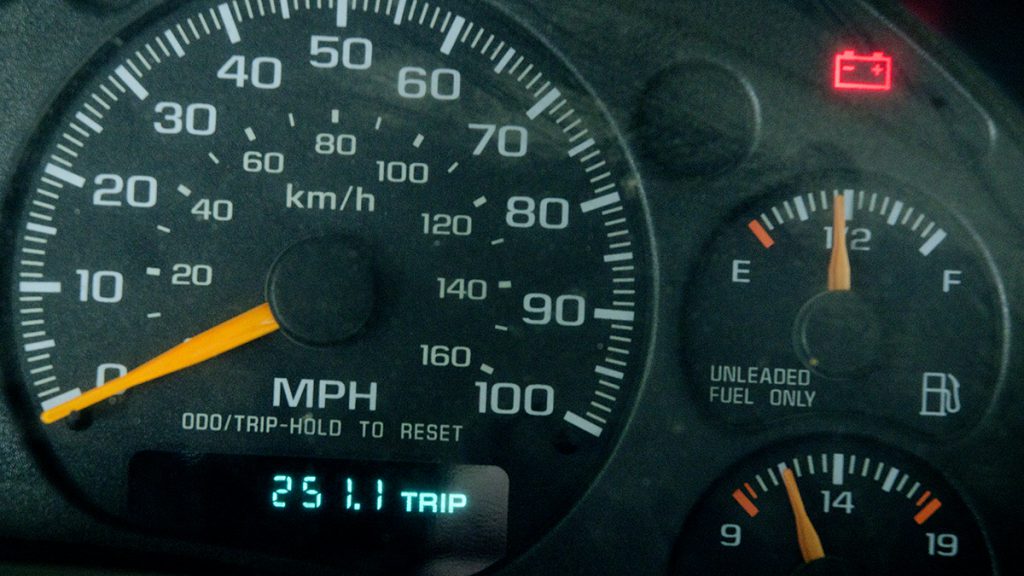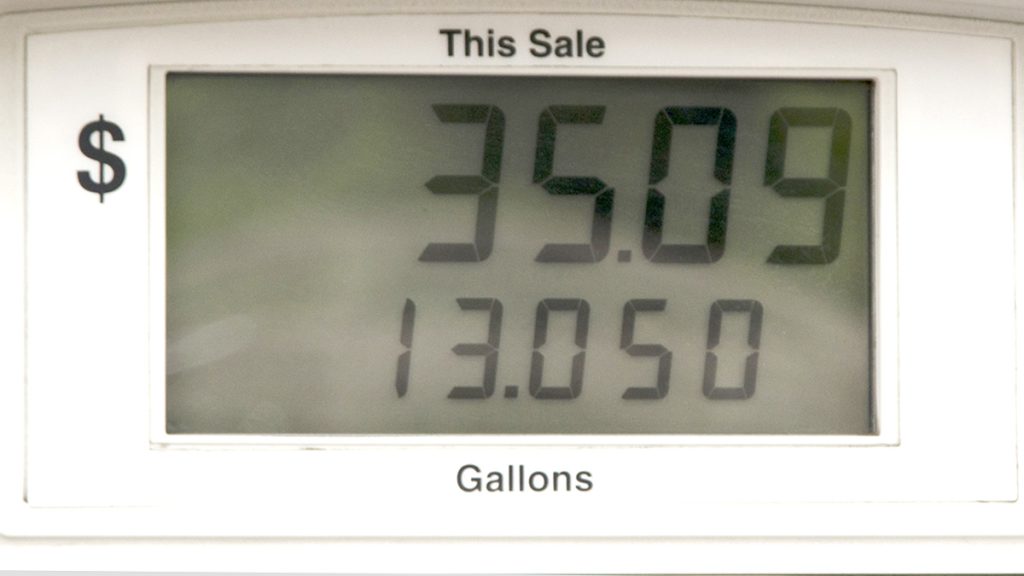
The Blazer’s engine chugged and quit… oh, no… four lane freeway… heavy traffic… fortunately I made it to the side of the freeway… fortunately the shoulder was wide enough to accommodate parking clear of traffic… out of gas… but how… the gauge was indicating nearly half a tank… no way… but the engine would not start and the gas gauge plummeted to empty. I called AAA for assistance.
While waiting for AAA roadside assistance to arrive I realized how easy it would be to estimate how much fuel the Blazer used since the last fill. How does that work? Simple.
Before departing a service station, I zero the trip mileage indicator on the odometer. I want to know how far I have traveled on the way to the next fuel station. Uphill, downhill, eastern Oregon, western Oregon, I know from experience my Chevy Blazer averages very close to 20 miles per gallon (mpg). That means if I drive 251 miles between gasoline stations the attendant should replace the 12.5 gallons my vehicle used with 12.5 gallons from the pump. It’s easy… the math is not difficult… Now I do a trip mileage reset every time I refuel. I have a good estimate of how much fuel I have used as I travel and I can check the accuracy of the fuel gauge at the same time. Perfect. Problem solved.

After I started checking trip mileage, I noticed discrepancies in the quantity of fuel some stations claimed to have pumped into my fuel tank. If I need 10 gallons and they pump substantially more for safety’s sake I should check under the vehicle for a puddle of fuel. Let’s assume there is no puddle of fuel, no leaks. Could the pump be in error?
Not likely… Engineers claim that a new pump can measure precisely to 1/1000 of a gallon (a teaspoon). That means that in pumping 96 gallons the measurement could be off by a pint. The engineers that design the fuel station pumps tell me as the pump wears with use it will pump more gasoline than it indicates. That surplus is free gasoline for me. I would notice extra fuel as a sudden improvement in mpg. A worn pump is a disadvantage to the seller of the fuel so it is to their best interest to have worn pumps quickly replaced. A higher probability exists that the meter has been nefariously “adjusted” to indicate more gallons have been pumped than have been delivered to your fuel tank.
Some stations consistently pump more gallons into my fuel tank than I estimated the vehicle should have used. I call those “phantom” gallons. Phantom gallons of gasoline represent pure profit to the service station, perhaps creating an incentive to “adjust” the meter on the fuel pump. Phantom gallons look like a sudden reduction in mpg to me.
Should I care?
I do if I paid for gallons of gasoline I didn’t get. To increase profits the owner of the station can charge whatever he/she chooses, whatever the market will bear, per gallon. However, it is deceptive to sell you the wrong number of gallons. Consumer complaints may be filed with the State of Oregon Department of Justice. Personally, I choose to take my business to an “honest” fuel station but if aggravated enough I may do both.
photo and story byLarry

